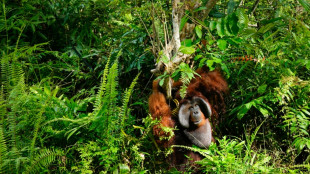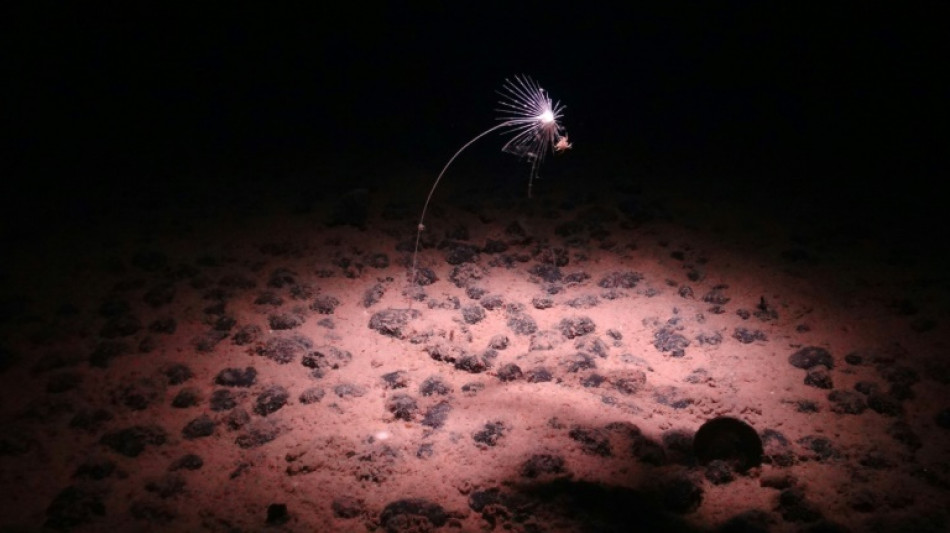
-
 Messi ruled out of Miami's Leagues Cup quarter-final v Tigres
Messi ruled out of Miami's Leagues Cup quarter-final v Tigres
-
Trump flirts with Ukraine security, with narrow margins

-
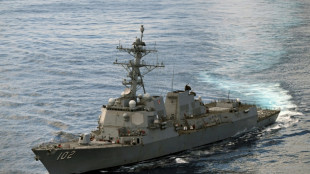 US sends three warships near Venezuela coast
US sends three warships near Venezuela coast
-
Celtic held by Kairat Almaty in Champions League play-off

-
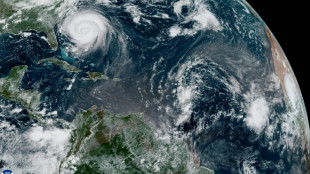 North Carolina braces for flooding from 'Enormous' Erin
North Carolina braces for flooding from 'Enormous' Erin
-
Arsenal could hijack Spurs' bid for Palace star Eze - reports

-
 Namibian Shalulile equals South African scoring record
Namibian Shalulile equals South African scoring record
-
PlayStation prices rise as US tariffs bite

-
 Games publisher kepler on cloud nine after smash hits
Games publisher kepler on cloud nine after smash hits
-
Thirteen arrested over murders of Mexico City officials

-
 Seville storms past Lyles for Lausanne 100m win
Seville storms past Lyles for Lausanne 100m win
-
Google unveils latest Pixel phones packed with AI

-
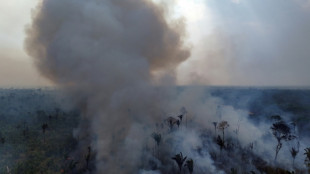 Brazil records 65 percent drop in Amazon area burned by fire
Brazil records 65 percent drop in Amazon area burned by fire
-
Threat from massive western Canada wildfire eases
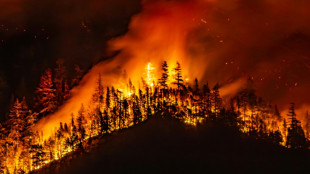
-
 England women's rugby coach Mitchell says World Cup favourites' tag 'irrelevant'
England women's rugby coach Mitchell says World Cup favourites' tag 'irrelevant'
-
US ramps up attack on international court over Israel
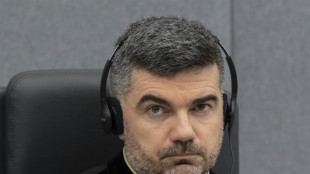
-
 Palace transfer targets Eze and Guehi to start in European tie
Palace transfer targets Eze and Guehi to start in European tie
-
North Carolina coasts prepare for flooding as Erin churns offshore
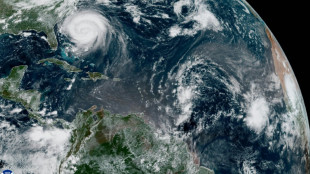
-
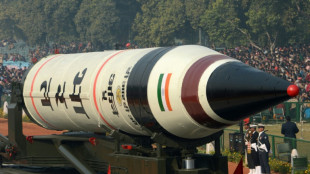 India test-fires ballistic missile ahead of US tariff hike
India test-fires ballistic missile ahead of US tariff hike
-
Antarctic climate shifts threaten 'catastrophic' impacts globally
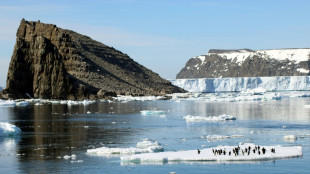
-
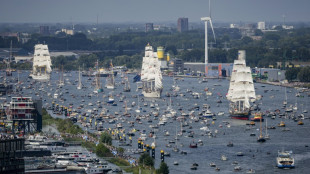 Tall ships sail into Amsterdam for giant maritime festival
Tall ships sail into Amsterdam for giant maritime festival
-
Trump raises pressure on central bank, calls for Fed governor to resign

-
 Woods to head PGA Tour committee to overhaul golf
Woods to head PGA Tour committee to overhaul golf
-
Google packs new Pixel phones with AI

-
 How Europe tried to speak Trump
How Europe tried to speak Trump
-
Ombudsman gives Gosden another International, Derby hero Lambourn loses

-
 Eurovision returns to Vienna, 11 years after Conchita Wurst triumph
Eurovision returns to Vienna, 11 years after Conchita Wurst triumph
-
England expects at Women's Rugby World Cup as hosts name strong side for opener

-
 Marseille's Rabiot, Rowe up for sale after 'extremely violent' bust-up: club president
Marseille's Rabiot, Rowe up for sale after 'extremely violent' bust-up: club president
-
French champagne harvest begins with 'promising' outlook

-
 England unchanged for Women's Rugby World Cup opener against the USA
England unchanged for Women's Rugby World Cup opener against the USA
-
Stock markets diverge as traders eye US rate signals

-
 Russia says must be part of Ukraine security guarantees talks
Russia says must be part of Ukraine security guarantees talks
-
Historic Swedish church arrives at new home after two-day journey

-
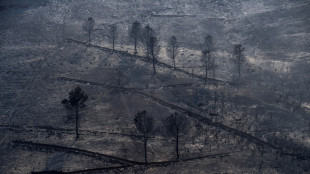 Winds complicate wildfire battle in Spain
Winds complicate wildfire battle in Spain
-
Nestle unveils method to boost cocoa yields as climate change hits

-
 UK set for more legal challenges over migrant hotels
UK set for more legal challenges over migrant hotels
-
Russia says discussing Ukraine security guarantees without Moscow 'road to nowhere'

-
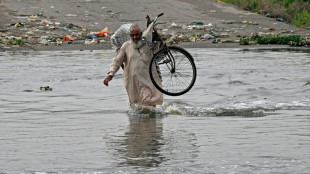 Torrential Pakistan monsoon rains kill more than 20
Torrential Pakistan monsoon rains kill more than 20
-
Record number of mosquito-borne disease outbreaks in Europe: health agency
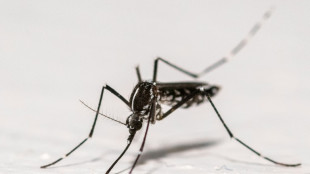
-
 Stock markets diverge after Wall Street tech sell-off
Stock markets diverge after Wall Street tech sell-off
-
Chinese troops swelter through rehearsal for major military parade

-
 Defence begins closing arguments in Hong Kong trial of Jimmy Lai
Defence begins closing arguments in Hong Kong trial of Jimmy Lai
-
World champions Springboks to play Japan at Wembley

-
 Kneecap rapper in court on terrorism charge over Hezbollah flag
Kneecap rapper in court on terrorism charge over Hezbollah flag
-
Israel approves plan to conquer Gaza City, calls up reservists

-
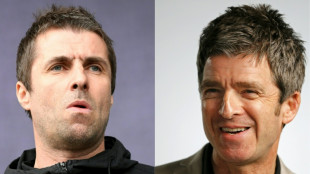 Oasis star Noel Gallagher piles praise on 'amazing' brother Liam
Oasis star Noel Gallagher piles praise on 'amazing' brother Liam
-
German minister says China's 'assertiveness' threatens European interests

-
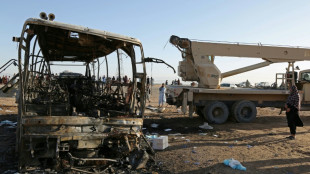 Afghanistan bus crash death toll rises to 78
Afghanistan bus crash death toll rises to 78
-
Historic Swedish church inches closer to new home
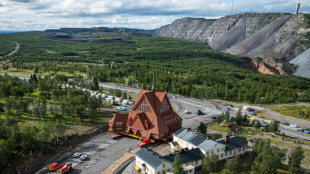

The battle over mining mineral-rich deep sea 'nodules'
They might look like pebbles strewn across the seafloor, but to the unique animals of the ocean deep, polymetallic nodules are a crucial habitat.
To the mining firms vying to extract them, on the other hand, they promise to be a "battery in a rock".
This month at a week-long meeting of the International Seabed Authority (ISA), those opposed to mining the nodules suffered a serious setback when they failed to take a first step toward an international moratorium on the controversial practice.
And on Tuesday a Nauru-backed company told AFP it would forge ahead with contentious plans to start industrial deep-sea mining in the Pacific in 2026, vowing to overcome environmental criticisms that have dogged the project.
The contract is for NORI (Nauru Ocean Resources Inc), a subsidiary of Canada's The Metals Company.
- Ancient -
Polymetallic nodules are most abundant in the Clarion-Clipperton Zone (CCZ) -- off the west coast of Mexico -- as well as in the central Indian Ocean and in the Peru Basin in the South Pacific, according to the ISA.
The nodules, found on the seafloor several kilometers below the surface, were probably formed over millions of years.
They likely started off as solid fragments -- perhaps a shark tooth -- that sank down to the soft muddy seabed, then grew slowly through the accumulation of minerals present in the water in extremely low concentrations.
Today, they reach up to 20 centimeters (nearly 8 inches) in size -- "metal pebbles", according to the French Research Institute for Exploitation of the Sea.
Adrian Glover, of Britain's Natural History Museum, thinks of them as like "potatoes" scattered on the seabed, roughly 15 to 20 kilograms (33 to 44 pounds) of them per square metre.
One of the reasons why the nodules have never been buried under the mud in the Pacific is because the sea is food poor, with fewer dead organisms drifting down to the depths.
The nodules were first recovered from the Pacific deep in the 1870s by the British Challenger expedition, which used thousands of meters of hemp rope, a steam-powered winch and plenty of manpower to dredge the westerly part of the CCZ.
"Straightaway they realised they were very interesting, it was actually one of the biggest discoveries of the voyage for them," said Glover.
But they were not considered to be a "resource", he added.
More than 30 countries have called for a moratorium on deep sea mining, including France, Canada, Chile, Brazil and the United Kingdom.
Adding to environmentalists' concerns is a new study, published last month, showing that these mineral-rich nodules that mining companies wish to harvest produce oxygen, which is vital for sealife.
- 'Clean' power? -
Multiple companies have lined up exploratory contracts and pursued tests for these nodules. One of these is NORI, whose contract covers four zones totalling some 75,000 square kilometers (about 30,000 square miles) in the CCZ.
These nodules are mainly composed of manganese and iron, but they also contain strategic minerals such as cobalt, nickel and copper.
According to the ISA, the CCZ contains around 21 billion metric tons of nodules, which could correspond to a reserve of six billion metric tons of manganese, 270 million metric tons of nickel and 44 million metric tons of cobalt, exceeding the known totals of these three minerals on land.
Advocates of undersea mining point to their potential use for green technology, particularly for electric vehicles.
"A battery in a rock," said The Metals Company.
"Polymetallic nodules are the cleanest path toward electric vehicles."
But that is an argument rejected by environmental NGOs and some scientists.
This claim is "more public relations than scientific fact", Michael Norton, of the European Academies' Science Advisory Council, told AFP, calling it "rather misleading" to say that demand cannot be met without undersea minerals.
- Impact fears -
Unlike the other two types of subsea mining resources regulated by the ISA -- including the mining of hydrothermal vents -- nodules do not require digging or cutting.
In tests carried out at the end of 2022, NORI lowered a collector vehicle to a depth of 4.3 kilometers (about 2.7 miles).
It swallowed nodules and sediment and then separated them, transporting the nodules to the surface vessel via a giant pipe and discharging the sediment into the water.
Catherine Weller, global policy director at the conservation organization Fauna & Flora, said that while the nodules are lying on the seafloor, they cannot just be "plucked" individually.
The impacts on the wider ocean system of churning up sediment and releasing wastewater was "simply unknown", she added.
Weller said the unique composition of the nodules which attracts mining firms is also what makes them such a special habitat for the creatures that live in the ocean depths.
I.Stoeckli--VB

